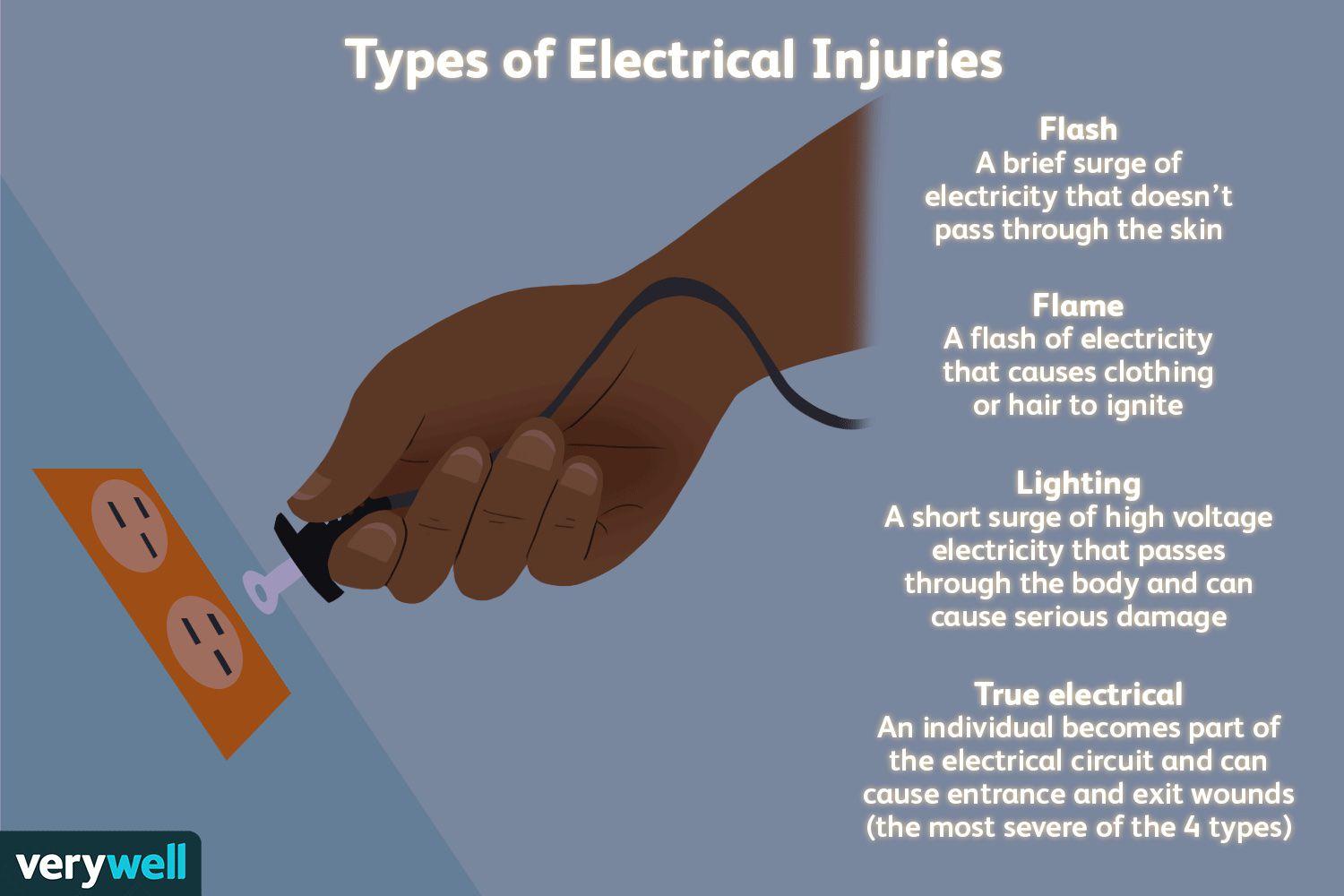A nurse is caring for a 70-year-old client who has a pressure injury in the coccyx area. The nurse identifies that which of the following factors associated with aging may impact the ability for the ulcer to heat?
Elevated hemoglobin
Decreased protein level
Low bone density
Increased muscle mass
The Correct Answer is B
A. Elevated hemoglobin:
Elevated hemoglobin levels are not typically associated with aging or factors that affect pressure injury healing. Hemoglobin levels primarily relate to blood oxygen-carrying capacity and are influenced by factors such as hydration status, kidney function, and certain medical conditions.
B. Decreased protein level:
This is a significant factor that can impact the ability of a pressure injury to heal in older adults. Decreased protein levels, specifically serum albumin and total protein, are common in aging individuals and can contribute to impaired wound healing. Protein is essential for tissue repair, collagen synthesis, and immune function.
C. Low bone density:
While low bone density (osteoporosis) is a concern in aging adults and can increase the risk of fractures, it is not directly related to the ability of a pressure injury to heal. However, bone density can indirectly impact wound healing if fractures or bone-related complications occur.
D. Increased muscle mass:
Increased muscle mass is generally beneficial for overall health and functional abilities in older adults. However, it is not directly related to the ability of a pressure injury to heal.
Nursing Test Bank
Naxlex Comprehensive Predictor Exams
Related Questions
Correct Answer is A
Explanation
A. Electrical burns can have small amounts of skin damage, but more extensive damage beneath the skin.
This response is the best choice because it educates the client about the potential for deeper tissue damage associated with electrical burns. It acknowledges that while the burn on the skin may appear small, the damage underneath could be more extensive, affecting muscles, nerves, and blood vessels.
B. Electrical burns commonly cause reddened/purplish skin without blistering.
This statement is not the best response because it focuses solely on the appearance of the skin without addressing the potential for deeper tissue damage. While it is true that electrical burns can present with reddened or purplish skin without blistering, this response does not provide comprehensive information about the nature and severity of electrical burns.
C. Electrical burns typically are minor.
This response is incorrect because it downplays the seriousness of electrical burns. While some electrical burns may indeed be minor, others can cause significant tissue damage and complications. It's important for the nurse to educate the client about the range of severity that electrical burns can present.
D. Electrical burns usually cause much more skin damage than what can be seen on your skin.
This statement is partially accurate but does not provide as much information as choice A. While it acknowledges that electrical burns can cause more damage than what is visible on the skin's surface, it doesn't emphasize the potential for deeper tissue damage as effectively as choice A does.

Correct Answer is ["E"]
Explanation
A. Increased pulse rate:
This is a common manifestation of fluid overload. Excess fluid volume can lead to an increase in cardiac output, causing the heart to pump faster and resulting in an increased pulse rate.
B. Decreased blood pressure:
Fluid overload typically leads to increased blood volume, which can initially cause an increase in blood pressure. However, as fluid overload progresses, it can lead to fluid redistribution, venous congestion, and decreased systemic vascular resistance, ultimately resulting in decreased blood pressure.
C. Skeletal muscle weakness:
Skeletal muscle weakness is not a direct manifestation of fluid overload. It is more commonly associated with electrolyte imbalances, such as hypokalemia or hypomagnesemia, which can occur as a consequence of fluid shifts but are not specific to fluid overload itself.
D. Warm and pink skin:
Warm and pink skin is not typically associated with fluid overload. Instead, it is more indicative of adequate tissue perfusion and oxygenation. In fluid overload, skin changes may include edema, cool and clammy skin due to venous congestion, or signs of skin breakdown in areas of pressure.
E. Distended neck veins:
Distended neck veins, specifically jugular venous distention (JVD), are commonly seen in patients with fluid overload, especially if there is right-sided heart failure or increased central venous pressure. JVD is a result of increased venous return to the heart due to fluid accumulation.
Whether you are a student looking to ace your exams or a practicing nurse seeking to enhance your expertise , our nursing education contents will empower you with the confidence and competence to make a difference in the lives of patients and become a respected leader in the healthcare field.
Visit Naxlex, invest in your future and unlock endless possibilities with our unparalleled nursing education contents today
Report Wrong Answer on the Current Question
Do you disagree with the answer? If yes, what is your expected answer? Explain.
Kindly be descriptive with the issue you are facing.
